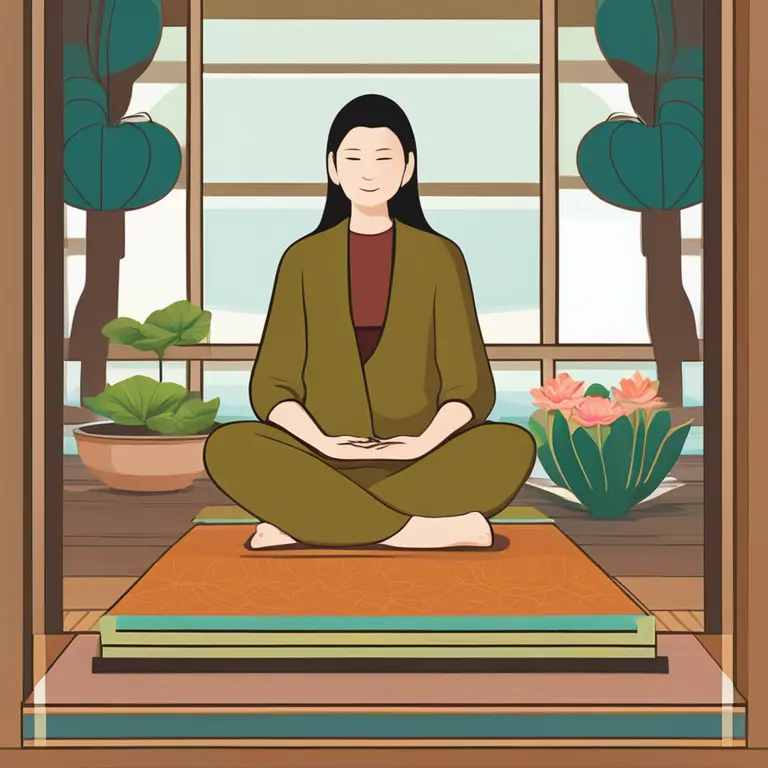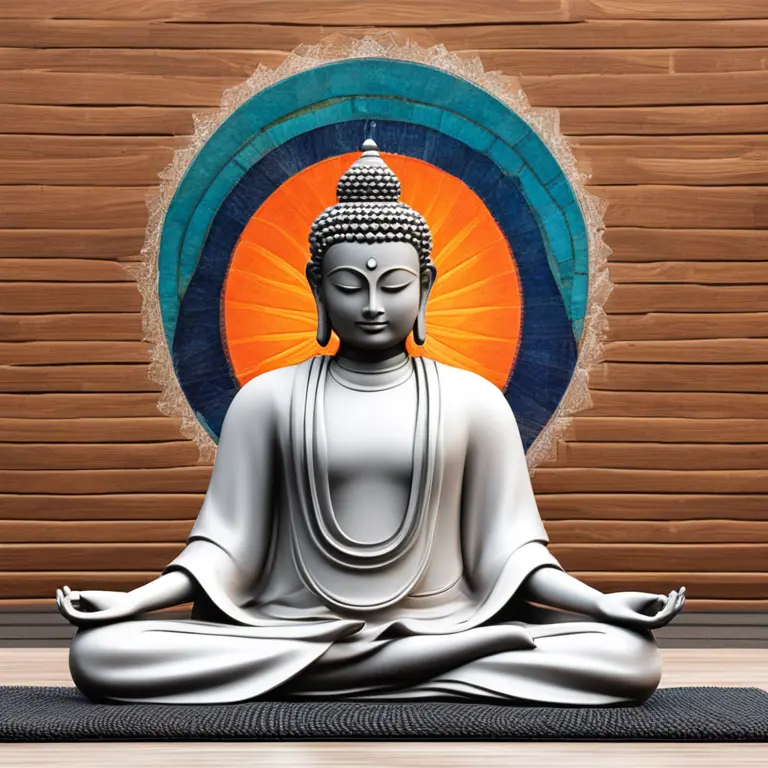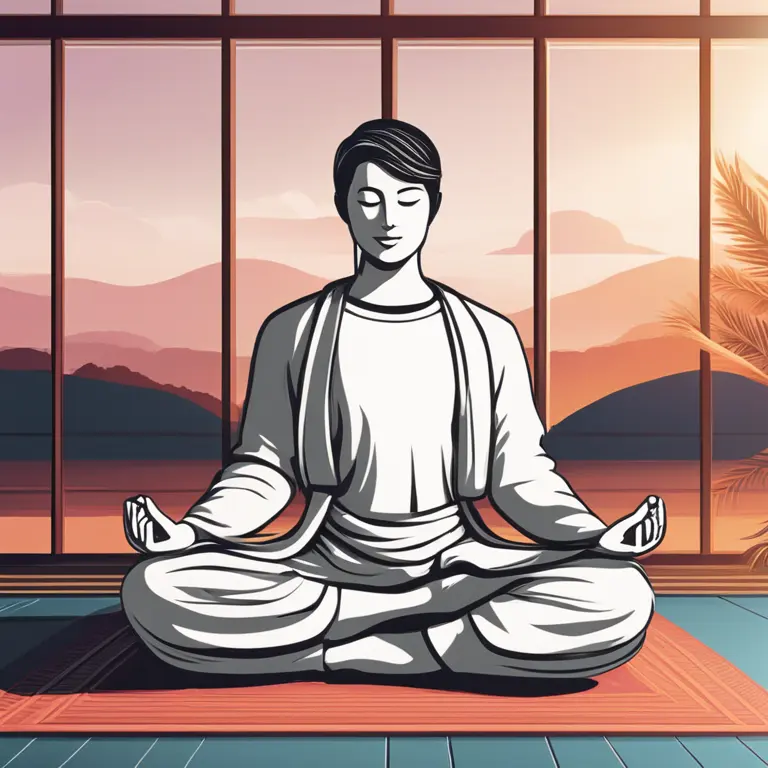
The Essence of Meditation Posture: Serenity Through Form
Discover how the right meditation pose can harmonize body and mind, facilitating a deeper connection to your spiritual practice.
article by Hina Kurosawa
Meditation Pose Foundations
Meditation is an ancient practice that transcends cultures, faiths, and ages. Its effectiveness often hinges on a fundamental aspect – the meditation pose. The purpose of a proper sitting stance is not merely for comfort, but to create a stable platform for both the body and mind. A well-aligned pose promotes ease of breathing, concentration, and a sense of groundedness, essential ingredients for reaching a meditative state. Alignment, stability, and comfort are the three pillars that uphold any effective meditation pose. Embracing these helps the practitioner embark on a serene journey inward, unhampered by physical distraction.

Finding Your Ideal Seat
When commencing your meditation, the initial step is to find a seating arrangement that resonates with your body. Traditional poses like the Lotus or Half-Lotus are time-honored choices, but they require a degree of flexibility. A simple cross-legged position, sitting on a cushion to elevate the hips, is equally effective and often more accessible. Sitting on a chair with feet firmly planted on the ground can be a fitting alternative for those with limited mobility or discomfort when sitting on the floor. It's important to remember that the quintessential meditation pose is one that you can maintain with ease for the duration of your practice.

The Spine’s Role in Meditation
The spine's alignment is crucial in any meditation pose. An upright spine, with its natural curves maintained, sustains alertness and allows the energy to flow freely through the body. Slouching or over-arching can lead to discomfort and distract from the meditative focus. To support the spine, engage your core lightly, draw your shoulders back gently, and allow your pelvis to tilt slightly forward. This posture is not only beneficial during meditation but also reinforces healthy posture habits in daily life.

Enhancing Practice Through Props
Utilizing props can greatly augment the meditation experience. In 2024, the use of ergonomic cushions, mats, and even wearable tech to monitor and enhance posture during meditation has become commonplace. A well-chosen cushion can alleviate pressure on the ankles and knees, while a mat can provide insulation against the cold. Some practitioners prefer to meditate with a shawl or blanket, which can help maintain body warmth and create a tangible sense of protection and enclosure.

Adapting Meditation Posture Over Time
Meditation is a dynamic practice that evolves with the individual. Consequently, the meditation pose that works for you now may change. As the body becomes more supple and the mind more disciplined, you might find yourself experimenting with more advanced positions. Conversely, as the body ages or life circumstances change, you may need to adapt your pose for continued comfort and concentration. Regularly assessing your posture and making adjustments ensures that your practice remains both effective and enjoyable.
Respecting Individual Needs
Personalization in meditation postures is not just acceptable but advisable. In the current wellness climate of 2024, there is a shift towards embracing diversity in practice and tailoring it to individual needs. There are no one-size-fits-all solutions; the right pose is the one that respects your body's limitations and enhances your focus. It's essential to listen to your body and adapt your meditation posture accordingly, whether this means using props, adjusting the duration of your sits, or altering your chosen pose.
Published: 1/18/2024
Modified: 1/18/2024
More predictions
Come back here soon to learn more about yourself and your future


Mindfulness & Meditation: A Path to Inner Calm
Delve into our Mindfulness Meditation Program designed to guide you on a serene journey towards inner peace and clarity.


Your Mindfulness Meditation Journey Explored
Step into serenity with this primer on conducting mindfulness meditation, designed to align your spirit with the peaceful rhythm of being.


Exploring Your Mindful Meditation Journey
Learn to lead a mindfulness meditation with practical steps and techniques for a peaceful mind and balanced life.